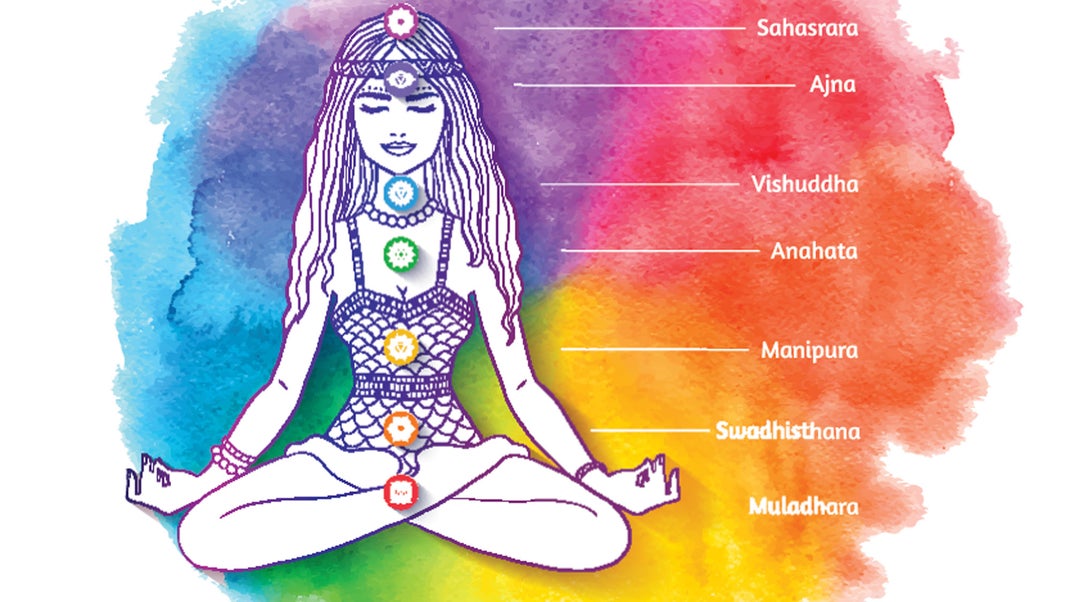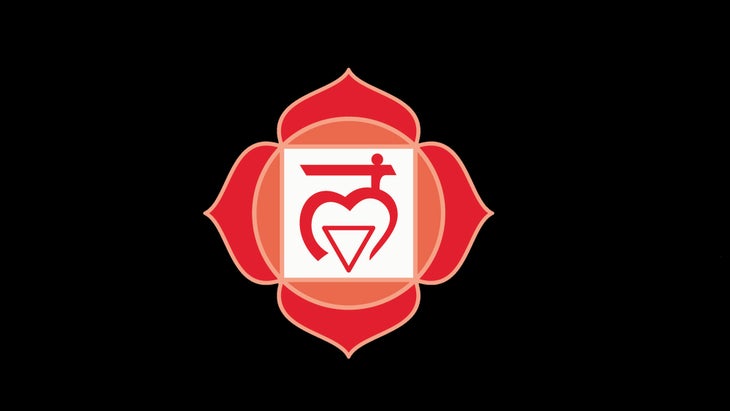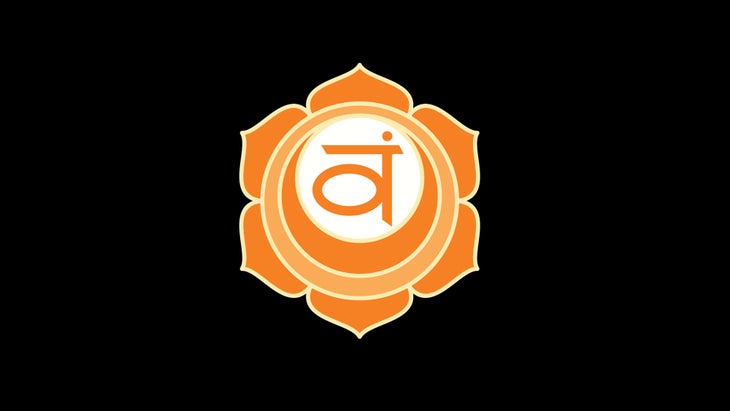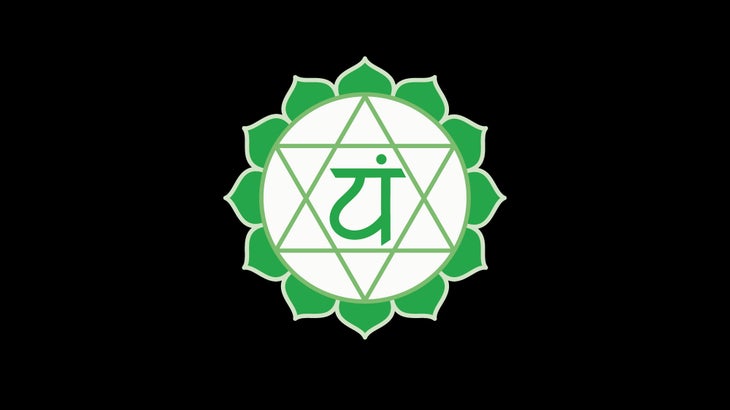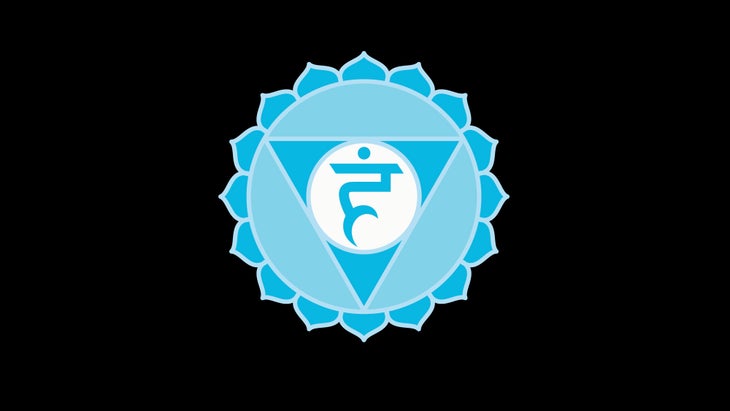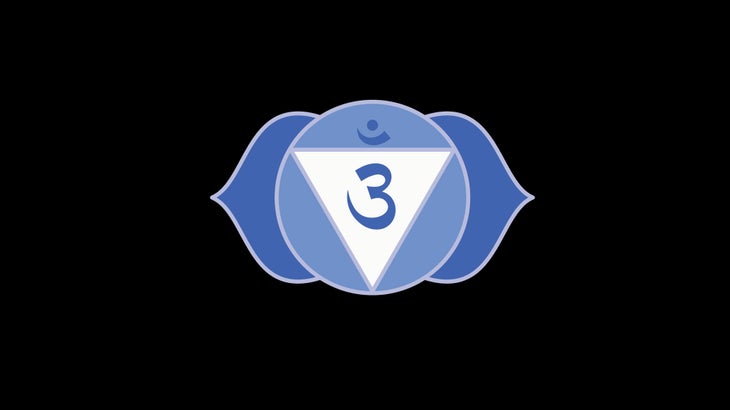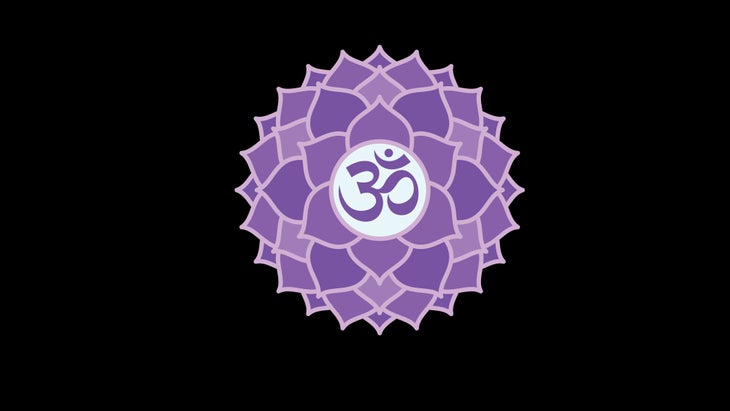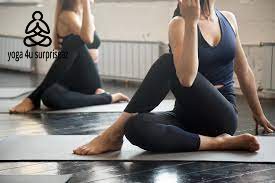The 7 Chakras are the 7 energy centers in our body. They are often associated with different colors, which also correspond to various aspects of our lives. For example, the 7th chakra is located at the top of your head and it corresponds to crowning glory or spirituality.
It is important that you understand each chakra’s function before trying any type of yoga practice because understanding this will help you maximize your experience!
The Tantrik yogis understood that in order to experience a different life—one that feels more stable, more sublime, and more connected to others—we have to effect change from within. And one of the key ways to alter the inner reality is working with the chakras, the body’s 7 energetic centers.
Chakra literally means “spinning wheel.” According to the yogic view, your body’s 7 chakras are a convergence of energy, thoughts/feelings, and the physical body. Our consciousness (mind) gets projected through these wheels, and this largely determines how we experience reality from our emotional reactions, our desires or aversions, our level of confidence or fear, even the manifestation of physical symptoms.
By working with these 7 energy centers in yoga practice, we can begin to unravel any blocks that may prevent the unfolding into our highest potential.
The 7 chakras
Root Chakra (Muladhara)
The first of the 7 chakras, the root chakra, is center is found at the pelvic floor. It is our taproot and our connection to the Earth. It keeps us grounded into embodied reality, physically strong and secure. It holds our instinctual urges around food, sleep, sex, and survival.
It is also the realm of our avoidances and fears. Importantly Muladhara holds our most powerful latent potential (Kundalini Shakti). Through yoga and meditation, we begin to breathe life into the sleeping power that sits in our roots. Asanas such as Warrior stances, hip-openers, Chair Pose, deep lunges, and squats help bring our awareness to this center.
Pelvic Chakra (Svadishthana)
This chakra is held in our sacrum. It is our water center, home of the reproductive organs and our desires. When our consciousness moves freely through this area, we access our potential for self-healing and sensual pleasure. When this chakra remains asleep to our consciousness, we may be ruled by our attachments. Similar to the root chakra, asanas such as forward bends, hip-openers, deep lunges, and squats help us bring our awareness to this center.
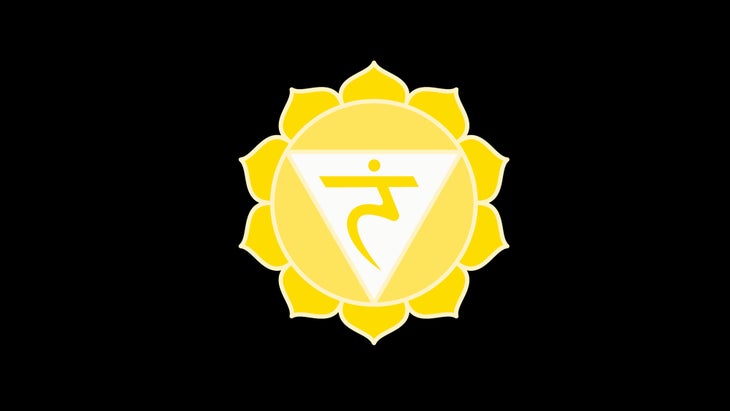
Navel Chakra (Manipura)
Located at the navel, the third of the 7 chakras, the navel chakra, is associated with the digestive system, the element of fire, and individual power and purpose. Think of Manipura as your body’s energy power-house, as it holds a vast amount of our physical vitality.
When consciousness moves freely in this center, we are empowered by the energy of transformation. When this area is blocked, we may experience imbalances associated with aggressive ambition, heightened ego, and the pursuit of personal power. Twists are the asanas par excellence for purifying and healing Manipura.
Heart Chakra (Anahata)
At the center of the chest, the heart chakra is said, in the Himalayan Tantric tradition, to be the most powerful center of all, the very “seat of the soul.” Associated with the lungs and the element of air, we can imagine the heart as the meeting ground for the vast spectrum of our human emotional experience.
The heart has the capacity to radiate the highest aspects of the human being: compassion, unconditional love, and total faith in the Divine. But it also has the capacity to radiate our deepest feelings of insecurity, disappointment, loneliness, and despair. To bring more light into the chakra of the heart, work with pranayama, heart-centric meditation, and heartfelt prayer. Backbends will also help open the energetic centers of the heart.
Throat Chakra (Vishuddhi)
The fifth of the 7 chakras, vishuddhi chakra is associated with the element of ether. It is the energetic home of speech and hearing, and the endocrine glands that control metabolism. On a spiritual level, this chakra is all about expanding our conversation to the Divine. To heal and purify the throat, we can work with the chant, Jalandhara Bandha, as well as asanas such as Plow, Camel, Shoulderstand, and Fish Pose.
Third-Eye Chakra (Ajna)
The Ajna chakra, or “command center,” is located eyebrow level mid-brain. It is the meeting point between two important energetic streams in the body, the idea and Pingala nadis, and the place where the mind and the body converge. Physically, it is connected to the pituitary gland, growth, and development. When relaxed consciousness flows here, we have more intuition, inner-knowing, and a feeling that we are much more than a physical body. To heal and purify this center, we can practice alternate nostril breathing (nadi shodhana) and meditations focused on this center.
Crown Center (Sahasrara)
The last of the 7 chakras, the crown chakra, is what links us to everything that is beyond our individual ego. It is everything that lies beyond our linear intellect and personal needs, preferences, and emotional experiences. It is the gateway and source point into enlightenment.
Conclusion:
The 7 chakras are important energetic centers in the body that can be used to help us with our yoga practice. By bringing awareness to these centers, we can work to purify and heal them, which can lead to a more balanced and peaceful life.
Twists are great asanas for working with the Manipura chakra, while backbends are perfect for opening the heart chakra. Pranayama and meditation practices can also be useful for healing the third-eye chakra. The crown center is best accessed through contemplation and meditation.
